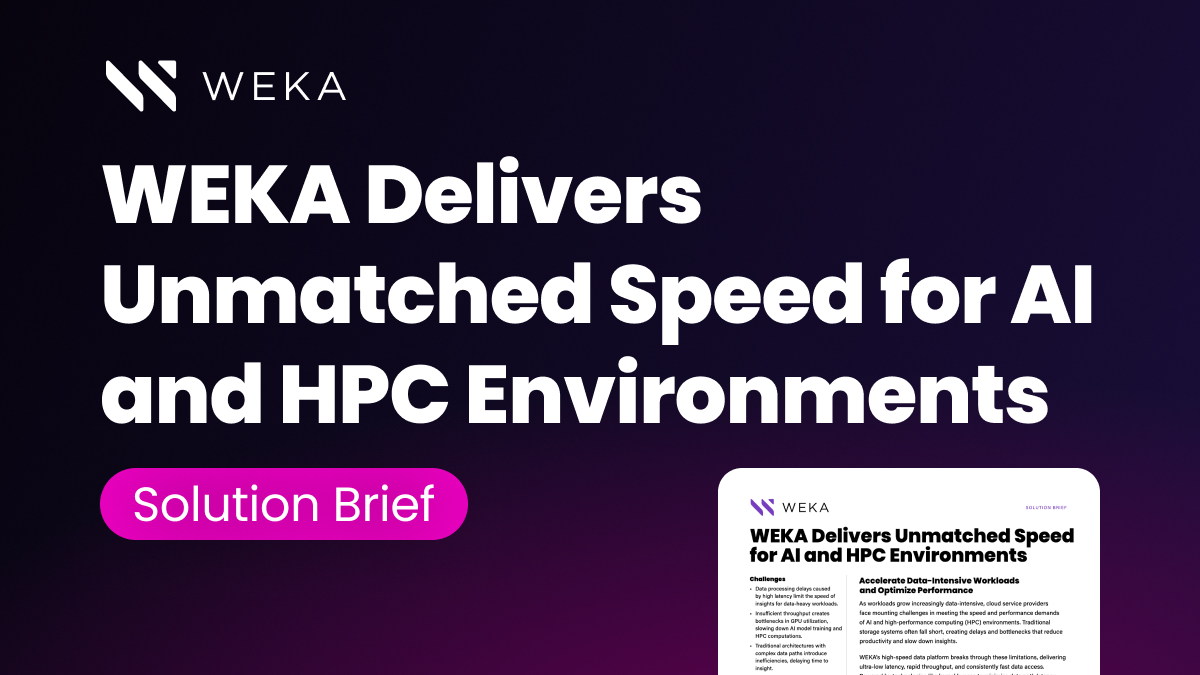What is Data Reduction & What Are the Benefits?

What is data reduction? Data reduction is a technique used to optimize the capacity required to store data. Data reduction can increase storage performance and reduce storage costs.
What Is Data Reduction?
New evidence shows that, while having choices is an important part of the human experience, having too many options actually becomes a burden, slowing down decision-making capabilities.
This is just as true for cloud computing and big data systems. While having petabytes of data to power research, AI, and analytics works great on paper, having too much data can bog down cloud storage and choke high-performance computing workloads.
While it’s clear that too much data can be a problem, it’s not the case that a data engineer can simply remove data wholesale to solve the problem. Patterns and sequences in data are critical for analytics, and that data must remain as intact as possible.
That’s where data reduction comes in. This process is a literal science of taking raw data and transforming it, so it still represents the origins and cohesive data set while reducing its footprint in the system.
To approach data reduction, there are several techniques that data scientists deploy:
- Organization and Sanitation: The simplest form of data reduction is to clean and sanitize it. This means removing corrupt or duplicated data, applying organizational strategies to reduce unnecessary data objects, and using models to identify information that isn’t necessary to represent trends in that data.
- Encoding: A more complicated approach is to encode the data, drawing features and patterns in the data to create a representation of it that maintains the meaning of that information (more or less) while taking up less space overall. For those familiar with sound or video compression, encoding can fall under the categories of “lossy” (or low-fidelity encoding) and lossless (or identical encoding), with the former taking up less space and resources than the latter.
How Does Data Reduction Work?
No matter the approach, data reduction is a complex process where engineers and scientists must compromise between space savings, processing savings, and data fidelity.
Some of the most common types of data reduction are:
- Deduplication: Removing duplicate data. This can include simply removing duplicated records to deleting records that, while not strictly identical, represent the same information or event.
- Compression: Compression processes apply algorithms to transform information to take up less storage space. Compression algorithms can (and often are) applied to data as it is moved into storage, but some can be applied to data-at-rest to improve space gains even more.
- Thin Provisioning: Thin provisioning is an approach to storage where space is partitioned and used as needed rather than pre-allocate storage to users or processes. While more computationally intensive, this approach can significantly reduce inefficiencies like disk fragmentation.
What Techniques Are Used for Data Reduction?
Using these common types of reduction, we can start to map the techniques and technologies that data scientists use to reduce data sizes in their cloud environments.
These technologies include:
- Dimensionality Reduction: This approach attempts to reduce the number of “dimensions,” or aspects/variables, from a data set. For example, a spreadsheet with 10,000 rows but only one column is much simpler to process than one with an additional 500 columns of attributes included. This approach can include compression transformations or even the removal of irrelevant attributes for a specific data mining application.
- Data Cube Aggregation: This technique aggregates multidimensional data at various levels to create a “data cube” (or multidimensional data object). This simply means that the data is processed and reduced to a smaller but equally useful form of information that still represents trends in relevant information for analytics.
- Numerosity Reduction: Numerosity reduction, as the name suggests, is replacing the original data with a smaller form of data representing the original with more or less fidelity. This common compression technique is used in various data types, including audio, video, and image.
- Clustering: This practice uses data attributes to build a set of clusters in which the data is split. Similarities and dissimilarities between the data objects result in different placements and distances between the clusters and the objects as a whole.
Why Is Data Reduction Important for Machine Learning?
Data reduction techniques are important across multiple cloud applications, but one, in particular, is machine learning. The core result of reduction (data storage optimization) is always a benefit. In cases of machine learning, where parallel processing and processing volume are critical to training these algorithms, reduction also aids in optimizing speed and performance.
How does proper data reduction impact machine learning systems? It can simplify machine learning models, reduce modeling costs, and reduce processing and training time.
One of the key forms of data reduction in machine learning is dimensional reduction. Having too many variables or data attributes in a data set can choke the rapid parallel processing of a machine learning algorithm. Dimension reduction reduces this issue through a couple of potential techniques:
- Feature Selection: This process removes redundant or irrelevant data attributes without affecting the data set. This approach can include proxy models to evaluate the ML model and its data needs or training systems to recognize features with little or no mistakes.
- Feature Extraction: This approach uses manual processes and intelligent algorithms to recognize patterns of less useful data in a set and remove them, returning compressed data with less overall dimensionality.
Use High-Performance Cloud Processing and Data Reduction with WEKA
Data reduction is a crucial part of cloud efficiency for high-performance workloads. In a world of big data and terabytes of continuous data flows, data reduction provides administrators and data scientists with the tools they need to optimize their data storage and processing burdens.
The fourth generation of the WEKA® Data Platform offers highly efficient data reduction for both on-prem and cloud environments. These reductions provide exceptional performance and can be enabled per-file system.
In addition, WEKA includes these high-value features for HPC cloud infrastructures:
- Unique “zero tuning” architecture that unifies high-performance instance-based storage and low-cost object storage in a single namespace
- Industry-best GPUDirect performance (113 Gbps for a single DGX-2 and 162 Gbps for a single DGX A100)
- In-flight and at-rest encryption for governance, risk, and compliance requirements
- Agile access and management for edge, core, and cloud development
- Scalability up to exabytes of storage across billions of files
Contact us to learn more about WEKA data reduction technologies.





